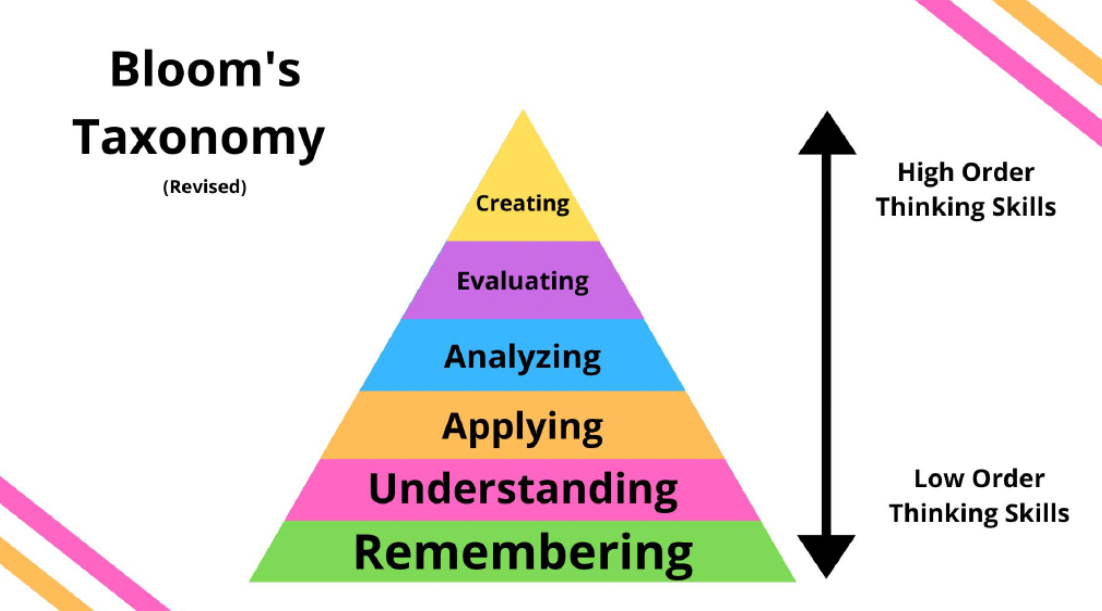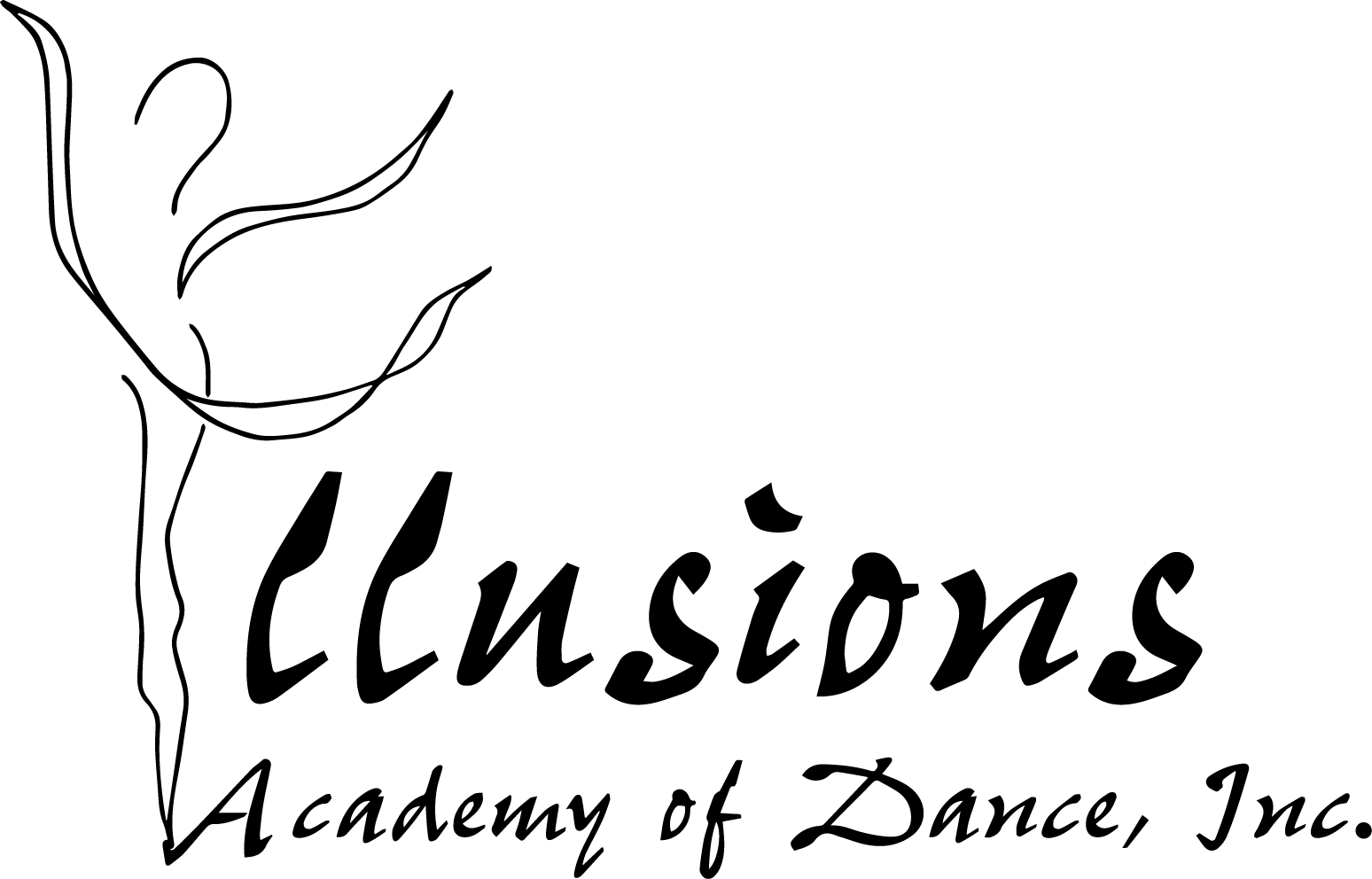What does a Brain Compatible Dance Program look like?
The topic for the blog today is what a Brain Compatible Program looks like in action. This blog will tell you what to look for when seeking out a developmentally appropriate dance program for your child and how we offer this learning model at Illusions Academy of Dance.
What does a Brain Compatible Dance program for developing children look like?
According to Andrea Trench of DiscoverDance, a brain-compatible dance program will exhibit several essential characteristics. We will dive deeper into two traits to look for below to start.
Have a meaningful curriculum: The first goal is to create one that helps students understand the art of dance. Class objectives are clear and progressive. This program will see, respect, and appreciate children where they are. The foundation will prepare students for their evolution into creative, intelligent, and thriving human lives.
Have a developmentally appropriate curriculum: Another goal is that class objectives are challenging yet achievable. The curriculum meets the children where they are developmentally. Using Bloom’s Taxonomy, we can assess students' knowledge and growth. The Bloom’s Taxonomy chart, created in 1956 by Benjamin Bloom, shown below, shows three low-order thinking skills: remembering, understanding, and applying. These are the simplest skills required for deeper comprehension. Before a student can master a skill, they must first set the objective, understand it, and apply it. The higher-order thinking skills located at the top can be achieved once a student completes the first three stages. During this time, they can analyze, evaluate, and create with that objective in mind. When designing class curricula, this model ensures students fully comprehend the information presented. It also allows the dance educator to assess and evaluate student growth. If we approach our early childhood classes solely with specialized skills, our students will remain at the lower-order thinking skills and will never achieve complete comprehension. Early childhood dance education should not be about mastering specialized dance steps, but rather about learning the movement concepts needed to master them.
“Education must be increasingly concerned about the fullest development of all children and youth, and it will be the responsibility of the schools to seek learning conditions which will enable each individual to reach the highest level of learning possible.”
Below is the Bloom’s Taxonomy model that supports the developmentally appropriate curriculum at Illusions Academy of Dance. The examples in the pile and speed diagrams depict how the knowledge is applied through each stage of skill comprehension. You can see that students will progress through the curriculum to gain complete understanding of each concept presented.



Dance educators provide students with many opportunities to engage in creative work by rearranging and modifying elements of movement to create dances. The choreographic process gives students a way to interpret their ideas through movement sequences just as painters manipulate lines, shapes, and colors to create artwork. To dance or participate in dance-making, students must first understand how to communicate through movement. (Trench) Once students understand how their movements portray meaning, they can further explore and investigate dance-making and choreographing to communicate. Students will be more efficient communicators if they are given avenues to develop these skills. Likewise, through participation in dance, they can expand on this 21st-century skill. (Burgess, 2018)
At Illusions Academy of Dance, students are provided a sequential curriculum that is heavily based on fundamental principles of early childhood development. Through movement exploration, our youngest students begin to recall dance concepts through repetition and use instruments, props, rhythm sticks, parachutes, obstacle courses, and more. These young dancers explore creative movement principles through developmental movements. Students participate in the Brain Dance derived from Anne Green Gilbert. According to Gilbert, the Brain Dance® is a full-body, brain exercise based on the developmental movement patterns that healthy human beings naturally move through in the first year of life. These movements help to integrate reflexes that are the foundation for healthy brain development. The movements develop our whole brain (brain stem, mid-brain/limbic system, and cortex). As babies, we did these brain-developing movements on the floor. As children and adults, we continue to review these patterns in various ways to keep our brains and bodies strong. Cycling through these patterns daily or weekly may also fill in missing gaps in our sensory-motor system due to birth trauma, lack of floor time as an infant, or illness or head injury as a child or adult. As our students mature, they take these elements and apply them to execute movement patterns with conceptual knowledge. Furthermore, our dancers begin to understand and apply the concepts being explored using higher-order thinking. Once those concepts are understood, mature dancers can further analyze, evaluate, and create using their knowledge and the principles of choreography.
Check back on The Dance Stance with Miss Lauren soon for more important features of the Brain Compatible Program here at Illusions Academy of Dance!
Miss Lauren
References:
Burgess, Lauren. The Effects of Dance Integration. 2018.
Green Gilbert, Anne. Creative Dance for All Ages: A Conceptual Approach. Human Kinetics, 2015.
Trench, Andrea. www.discoverdance.com



